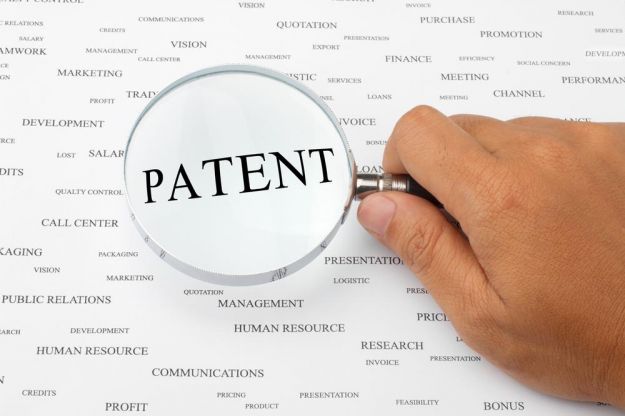The United States Patent and Trademark Office (USPTO) announced in a press release that the University of New Hampshire School of Law Library, which was designated as the Concord Patent and Trademark Resource Center (PTRC) on January 30, 2012, is now open to serve the intellectual property (IP) needs of the public.
“PTRCs serve as the face of the USPTO on a local level and promote a culture of innovation and entrepreneurship that ensures that potential filers have the resources necessary to draw on for support as they begin their quest for commercial success with their intellectual property,” said Under Secretary of Commerce for Intellectual Property and Director of the USPTO David Kappos. “We look forward to working with the University of New Hampshire School of Law, formerly Franklin Pierce Law Center, to better serve New Hampshire’s IP community.”
Currently, PTRC designated libraries can be found in 46 states, the District of Columbia and Puerto Rico. This network of more than 80 public, academic, state and special libraries assists a variety of customers including inventors, intellectual property attorneys/agents, business people, researchers, entrepreneurs, students and historians.
In addition to offering free electronic services and resources designed to support the intellectual property needs of local and state patrons, the Concord Patent and Trademark Resource Center will employ USPTO-trained librarians to provide customer assistance on the use of the agency’s patent and trademark databases and public seminars on intellectual property topics for novice and experienced users.


